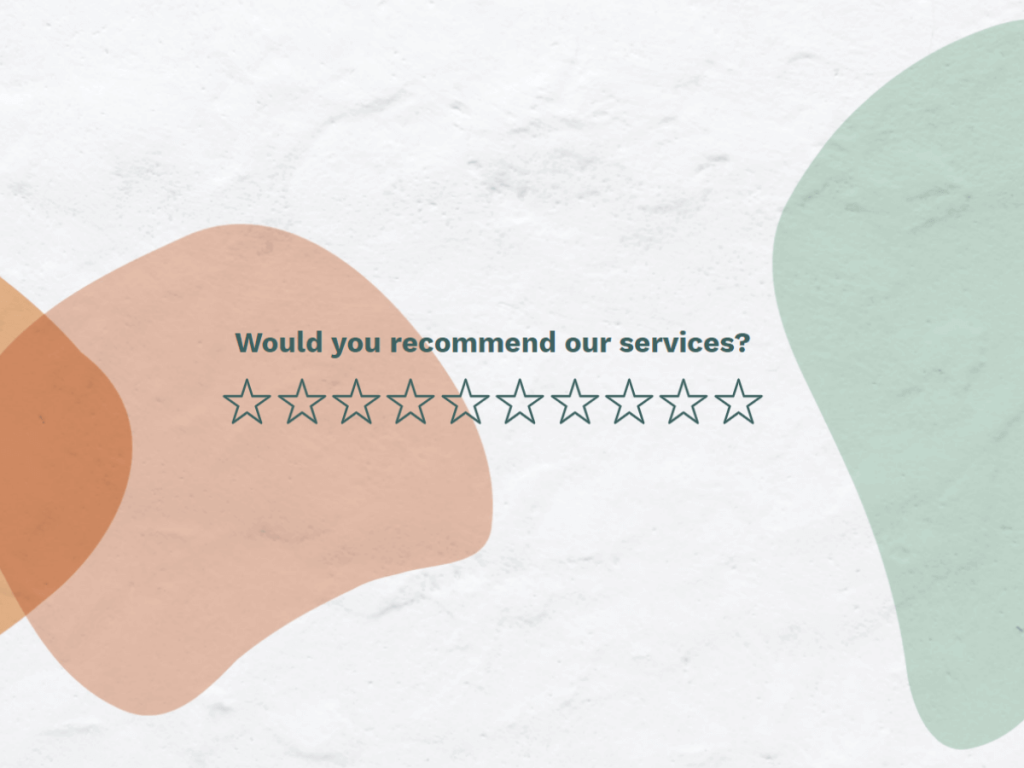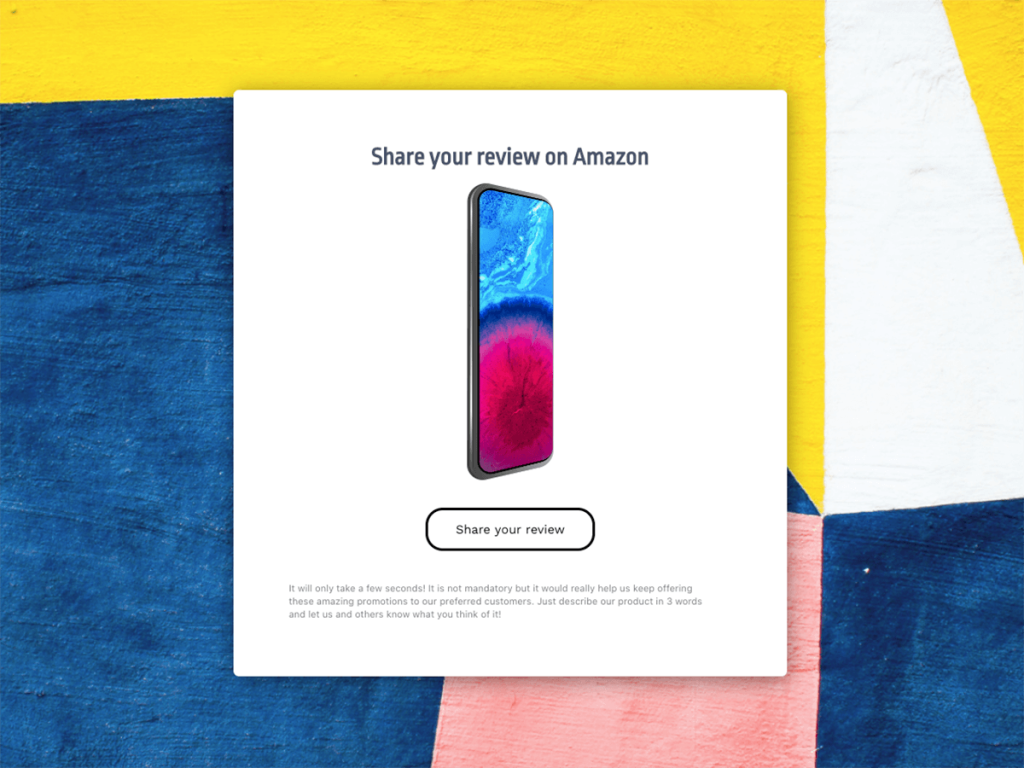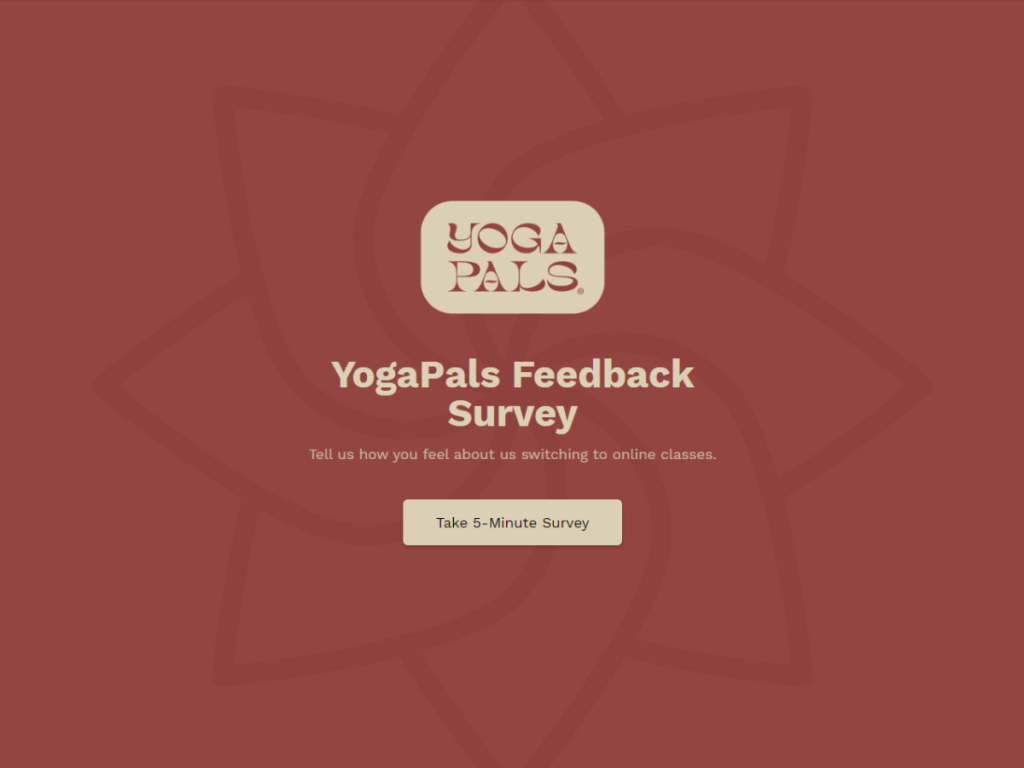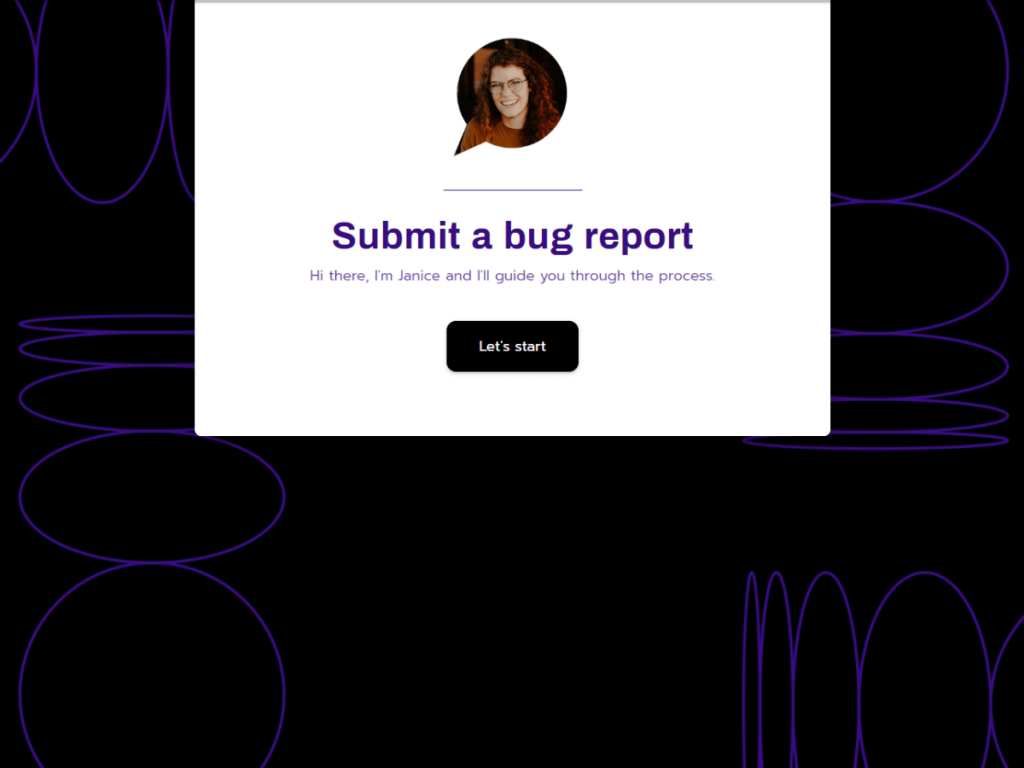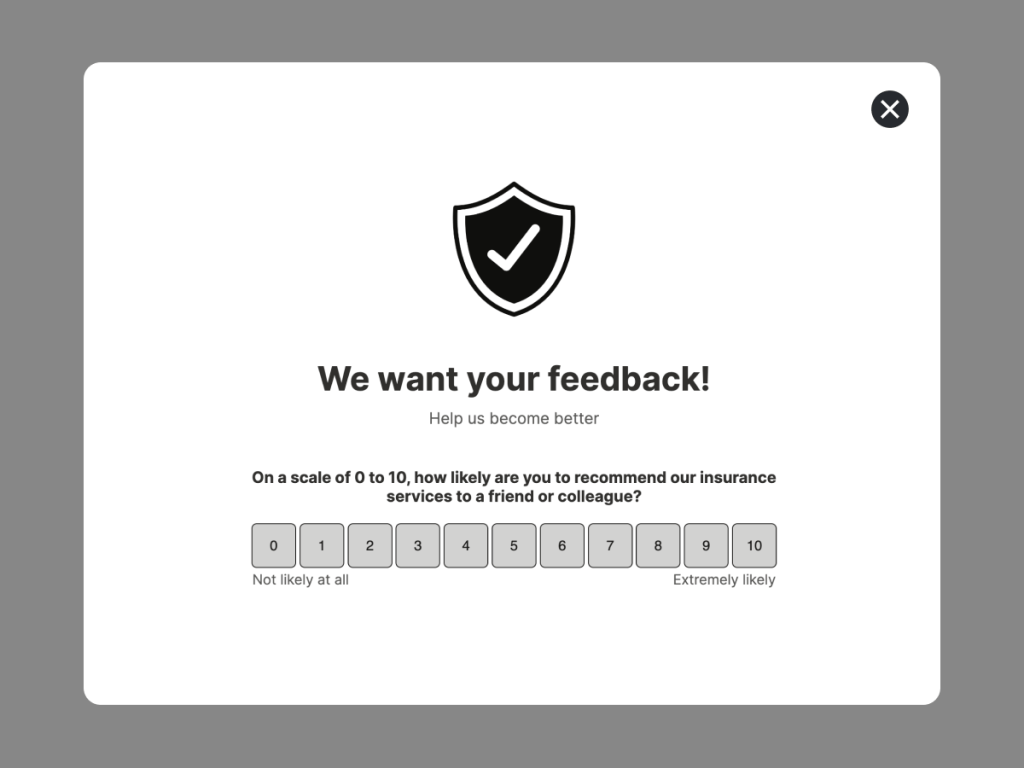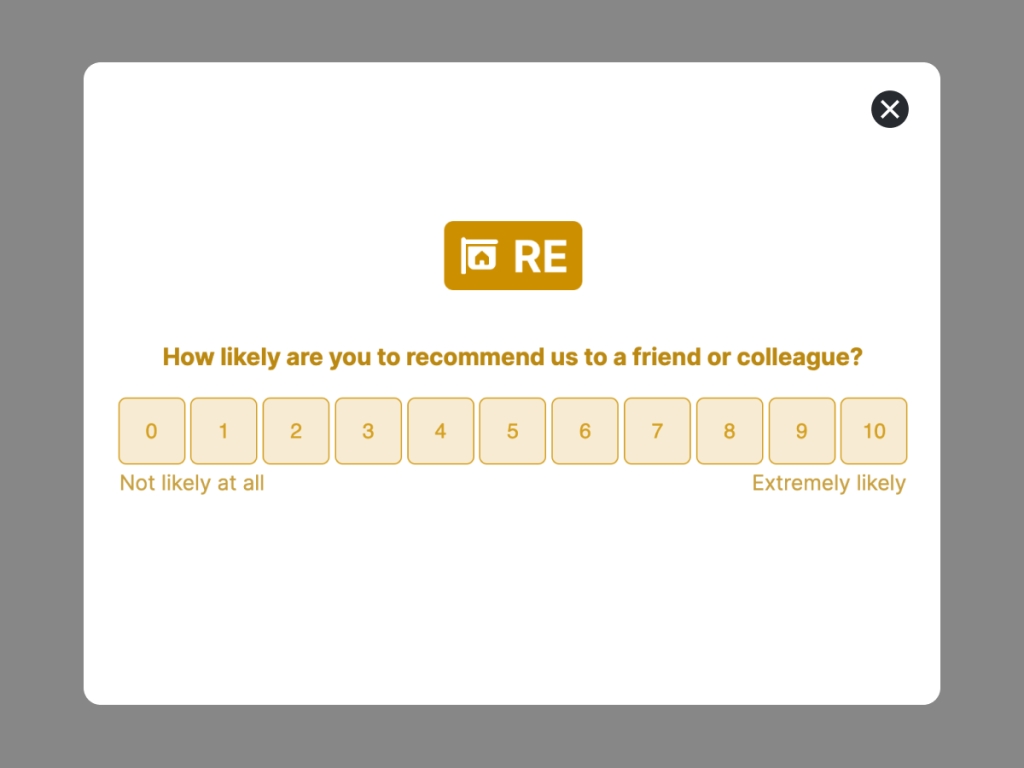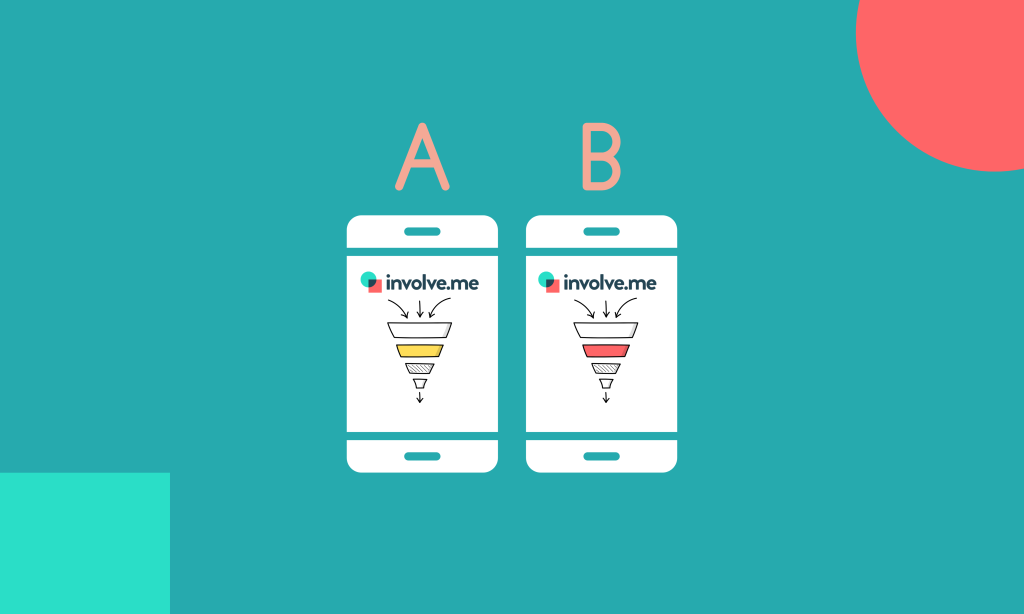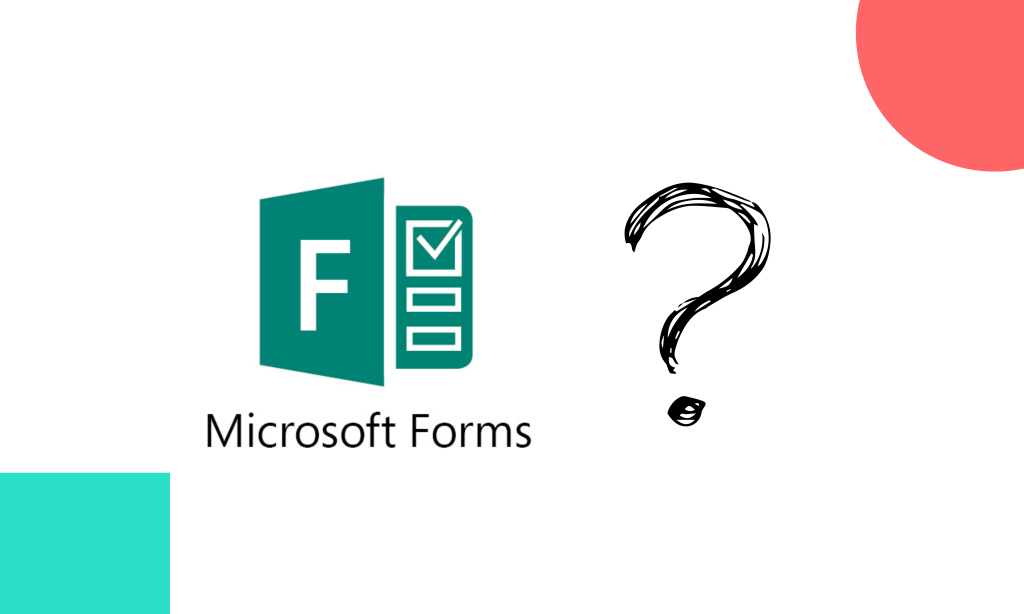Surveys are a great tool for businesses to gather reliable data in a short period.
They provide great insight into purchasing behavior, customer preferences on packaging, taste, messaging, and more. Aside from being cost-effective, surveys are quite easy to set up and launch.
The challenge, however, often lies in having enough responses to a survey. For a survey to be statistically valid, it needs enough respondents. Without enough participants, the survey results won't be reliable.
In this article, we will share top tips to help you achieve high survey response rates every time.
What Is Survey Response Rate?
Simply put, survey response rate refers to the number of people who have successfully completed a survey, divided by the sample size (the number of people you sent it to).
Survey response rates range from 0% to 100%, with the average differing roughly between 13% - 57%, depending on the survey method. For email surveys, the average response rate is 30%.
Common survey methods are:
In-person surveys
Mail surveys
Email surveys
Online surveys
Phone surveys
Important to add, in-person surveys are still the most effective survey method with a 57% response rate. Mail surveys come in a close second at 50%, followed by email surveys at 30%.
Survey response rates very rarely reach 100%, if at all.
In fact, a response rate of 50% or higher is already considered excellent. Typically, high survey response rates are driven by consumer loyalty, incentives to take the survey, or a deep interest in the survey topic.
A survey response rate can be calculated using the following formula.
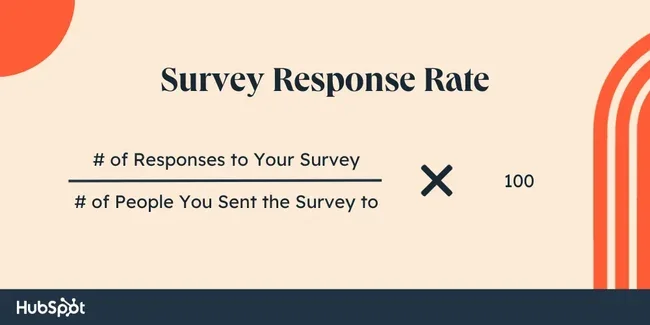
The resulting number is your response rate in percent.
Response Rate Vs. Completion Rate
Another related term worth knowing is the survey completion rate. It’s quite similar to survey response rate. However, you cannot use them interchangeably. What’s the difference?
Response rate: The percentage of the sample that completed the survey.
Completion rate: The percentage of people who completed the survey upon starting it.
In other words, the response rate is the number of completions in relation to the sample size, while the completion rate looks at the number of completed surveys in relation to the number of surveys that were started. Completion rates provide an insight into how easy it is to answer your survey and whether or not there were any roadblocks associated with answering it.
Here’s the formula for completion rate:

The main contributing factor to a low survey completion rate is poor survey experience.
This means that there is something about your survey that respondents find uninteresting or difficult. It could be the topic of the survey, the questions, length, or mode of answering. Much like low response rates, low completion rates also result in incomplete data which makes it difficult to build a reliable data pipeline.
Why Surveys Matter + Free AI Survey Generator
Surveys are a great way for businesses to gather valuable insights about their customers and products. By collecting opinions, responses, and suggestions, companies can get a clear picture of what their customers think.
It's important to remember that business analytics isn't just about crunching numbers. It's about understanding how data can help improve products and processes in a meaningful way.
With these insights, businesses can enhance various aspects like:
Customer service
Product quality
Manufacturing
Packaging
Marketing strategy
💡 To create surveys for your company, consider using involve.me's AI survey generator.
Create your survey with AI
Just paste your URL & click generate
How It Works:
Simply paste your website URL so that the AI can analyze your website's branding. Then, choose the "Survey" option and write a short prompt about what you'd like to include in the survey. involve.me's tool will generate a few survey designs for you.
You can view these designs without registration. To edit the survey and send it to your target audience, create a free account at involve.me.
How to Increase Your Survey Response Rates
For an organization to benefit from a survey, it first needs to ensure good response rates. Here are some tips to increase survey response rates.
1. Incentivize Your Respondents
You can’t just expect website visitors to submit online forms out of the goodness of their hearts. When you ask them to take your survey, you're asking for a chunk of their time to help improve your business.
Make it worth their while by offering incentives they will enjoy and find useful. These incentives can include discounts, gift cards, or branded merchandise.
If you have a loyalty program, offering bonus points is also a great idea. Check out this example from Sephora.
In their email survey, Sephora offers 100 bonus reward points to Beauty Insider account holders who complete a 20-minute survey. They also include the message, "Earn 100 Beauty Insider reward points for your time," to show customers that the brand respects and appreciates their time and feedback.
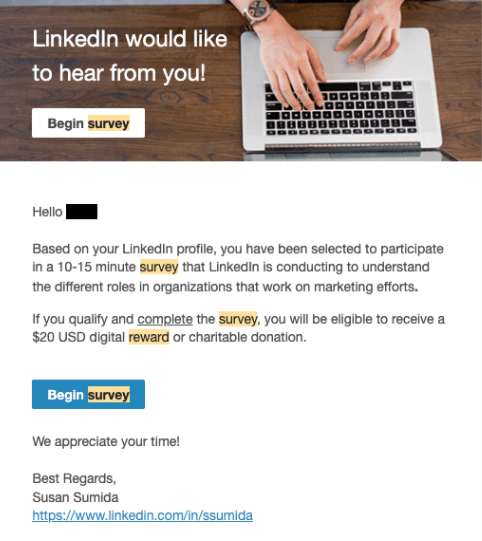
Another example, like the one above, offers survey takers a ‘$20 digital reward or charitable donation’ in exchange for a completed 10-15 minute survey.
2. Make It Personal
According to LinkedIn, personalizing emails significantly increases email open rates, customer engagement, and even sales. Here are some statistics to consider:
- 72% of consumers respond to messages aimed directly at them.
- 50% of consumers are willing to share feedback or information when offered a discount.
- 80% of eCommerce customers prefer companies that personalize their user experience.
- 74% of customers find it frustrating to receive generic, non-personalized emails.
- 50% of companies saw an increase in customer engagement due to email personalization.
When sending customer surveys, personalization is effective. Using language that conveys the value you place on the customer’s feedback also helps. Use messages like "We value your feedback," or "We want to know what you think so we can improve our services."
Take a look at Amazon’s invitation to participate in a survey. It includes a simple call-to-action after providing the customer with personalized book recommendations based on Kindle and Goodreads activities. The messaging goes:
- "Help us improve"
- "We would love your feedback"
- "Tell us what you think so that we can make your next email even better"
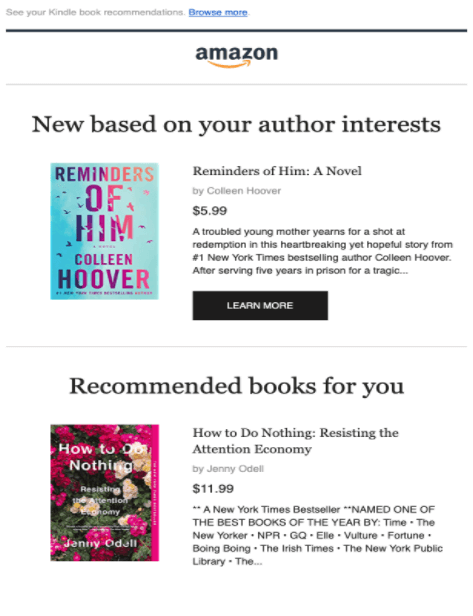
Also, show that you respect their time by indicating how long the survey will take to complete. For example, you could say, "This survey will only take 5 minutes to complete."
If possible, keep surveys short, as most people are willing to spend no more than five minutes on a survey. Very few are willing to spend ten minutes or more answering one.
3. Have a Survey Research Panel
A survey research panel is a group of pre-selected respondents who volunteer to answer surveys. Businesses and marketers can build and manage their own research panels to increase survey response rates, as there’s no need to find new respondents for each survey.
Service providers can supply sample populations tailored to your research needs. They can also assist in building a market research panel for your in-house surveys.
4. Appeal to Their Interests and Values
Creating a cover letter and questionnaire that appeals to your customers' emotions, interests, and values can be very effective in persuading them to participate.
It's important to highlight the following:
Participating in the survey will support causes they care about and improve the products and services they benefit from.
Providing valuable insights and feedback helps the brand continue its work with the charities and advocacies they support.
For example, Humane Society International regularly sends out email surveys that highlight the newsletter subscriber’s values, as well as the work that the organization does:
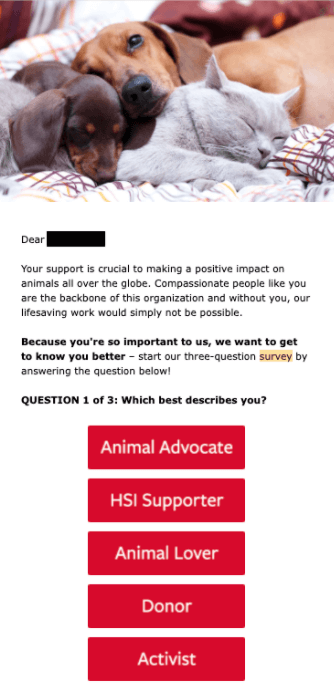
5. Create a Sense of Urgency
All research projects have timelines, so it's helpful to inform customers of the deadline for completing a survey. To see examples of how brands indicate deadlines in their survey requests, check out item 1 (Sephora survey request).
Setting deadlines also helps increase response rates. Feedback given soon after a product or service has been delivered tends to be more accurate.
Statistics show that 72% of consumers are willing to provide feedback to a company that asks, whether through a quick survey or a review.
Final Words + More Survey Templates
Surveys are a valuable source of consumer insight for businesses, providing data to inform decisions about various aspects of the company.
To address the common problem of low survey response rates, businesses and marketers should reward customers for their time and feedback and show that their opinions are valued. Personalized communication also increases engagement and promotes customer loyalty.
Boost your survey response rates by applying these helpful tips.


